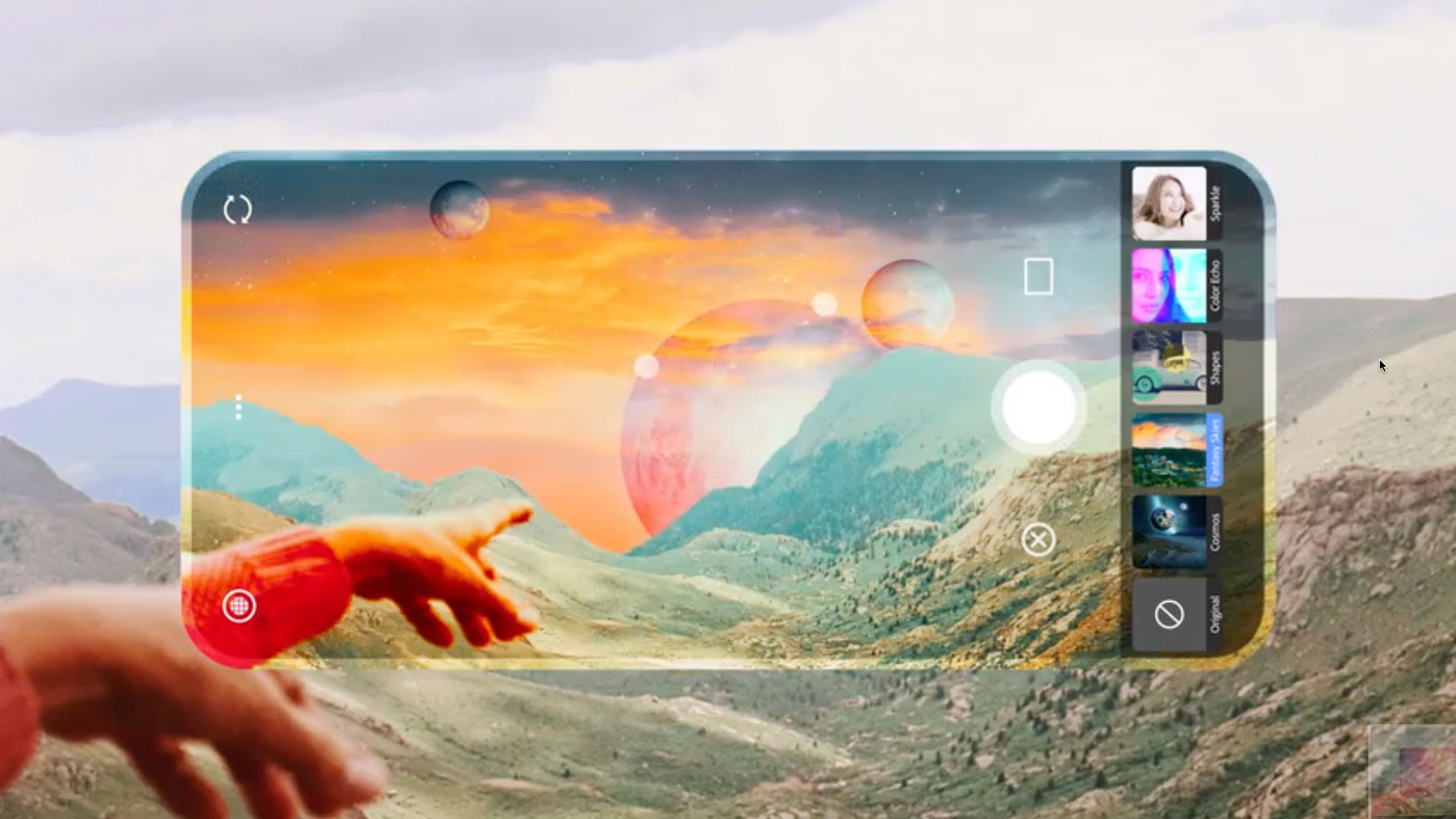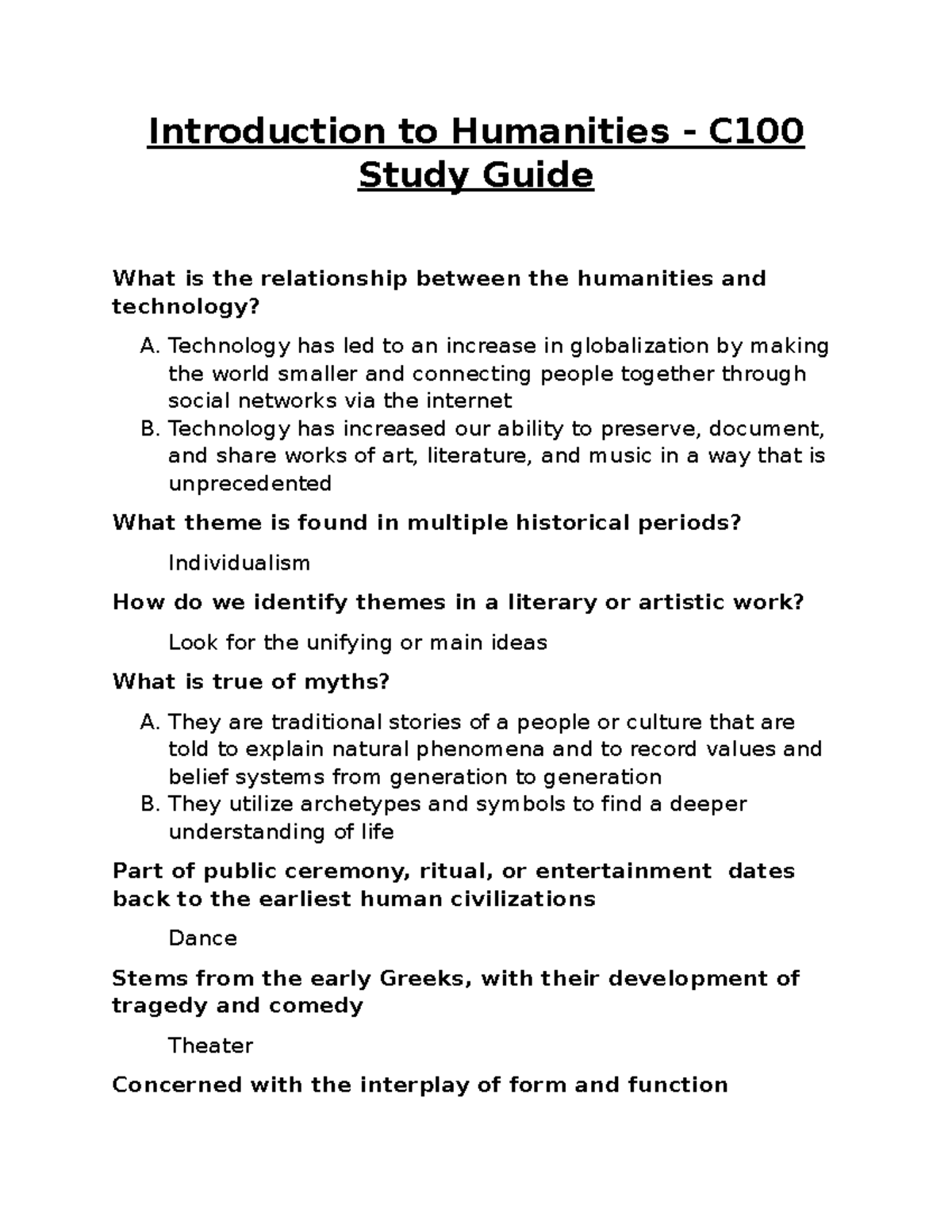In the realm of photography, AI is transforming the way we create and preserve visual narratives. This innovative technology offers powerful tools that can enhance photography technology, making it easier for professionals to capture and archive significant moments. The rise of AI in photography is not just about efficiency; it also plays a critical role in preserving photo archives, ensuring that the legacy of iconic imagery is maintained for future generations. Amidst the challenges faced by photojournalism, including concerns over copyright and misinformation, the impact of AI on journalism can be a double-edged sword. As visual storytelling with AI evolves, it invites a broader conversation about how we can leverage these advancements while upholding the integrity and truth that photography embodies.
The intersection of artificial intelligence and visual documentation is reshaping the landscape of image creation and archiving. This emerging influence within the photographic field is paving new avenues that emphasize the mechanics of digital imagery while safeguarding the legacies of renowned photojournalists. As AI technology continues to evolve, it presents unique opportunities for enhancing storytelling in journalism and addressing the ongoing challenges within photojournalism, such as maintaining the authenticity of visual records. By integrating these advanced tools, we not only stand to enrich our photo archives but also navigate the intricate balance between innovation and tradition in visual storytelling. Delving into these aspects can unveil insights into how we can harness tech responsibly, fostering a richer understanding of our visual history.
The Role of AI in Modern Photography
As artificial intelligence continues to permeate various sectors, photography stands at the brink of a transformative evolution. AI in photography not only redefines the creative process but also introduces new tools that allow photographers to push the boundaries of visual storytelling. For instance, advanced algorithms enable the enhancement of images in ways that were once deemed impossible, from color correction to automated tagging of photo archives. This technological evolution poses both exciting opportunities for creative expression and challenges regarding authenticity and representation.
The integration of AI into photography technology also raises significant questions about copyright and ownership. With AI’s ability to analyze and recreate images, there is growing concern about the potential misuse of photographers’ works without permission. As the industry grapples with these emerging issues, photographers are urged to explore collaboration with AI, using it to augment their skills rather than replace them. By embracing AI responsibly, artists can ensure that their unique vision and voice are preserved while leveraging the technology to enhance their craft.
Preserving Photo Archives in the Age of AI
The preservation of photo archives has become increasingly crucial as technology evolves and the visual landscape changes. Many photojournalists have amassed extensive collections of images that capture pivotal moments in history; however, these archives are at risk of being forgotten if not properly managed. AI can play a pivotal role in preserving these historical records by automating the cataloging process and making images more accessible to researchers and the public. By utilizing AI-driven tools, photojournalists can create a digital library that highlights their work and preserves vital narratives from the past.
Additionally, AI can offer innovative solutions for restoring and enhancing archival photos that may have deteriorated over time. Advanced image processing techniques powered by AI can repair damaged photographs, improve clarity, and revitalize colors that have faded. This ensures that the visual history captured by photojournalists remains intact for future generations.Through these efforts, AI may indeed help preserve not just images, but the memories and stories that they convey, thereby maintaining the integrity of visual storytelling.
AI’s Impact on Journalism and Photojournalism
In recent years, the impact of AI on journalism has become a topic of heated debate. While some experts express concern over the spread of misinformation through digitally manipulated images, others believe that AI could revolutionize the field by improving efficiency and accuracy in reporting. Photojournalism, in particular, faces unique challenges as journalists strive to maintain credibility while navigating a landscape filled with deepfakes and altered visuals. By embracing AI-driven verification tools, journalists can better discern authentic content from fabricated images, thus bolstering public trust.
Moreover, AI’s ability to analyze vast datasets can provide photojournalists with insights into trends and audience engagement. By understanding which types of images resonate most with viewers, journalists can tailor their visual storytelling to better capture and convey important messages. This synergy between AI and journalism could lead to a new era of photojournalism where integrity and creativity coexist, pushing the boundaries of how stories are told and enhancing the public’s understanding of complex issues.
Navigating the Challenges of Photojournalism Today
Photojournalism currently faces myriad challenges that threaten its legacy and impact. From the proliferation of misinformation to ethical dilemmas related to image manipulation, photojournalists are tasked with maintaining their credibility in an era where images can easily mislead. Complex narratives, like those of conflicts and humanitarian crises, require visual storytelling that is both compelling and truthful. Therefore, the role of the photojournalist has evolved to include not just capturing images, but also navigating the ethical landscape of visual media in a way that upholds journalistic standards.
Furthermore, as technology alters the way news is consumed, photojournalists must also adapt their strategies. The rise of social media has shifted audience expectations, with a demand for immediacy often sacrificing depth of narrative. In this context, photojournalists are challenged to find innovative ways to engage audiences while remaining committed to presenting accurate and nuanced stories. By leveraging technology responsibly and focusing on ethical storytelling, they can continue to play a vital role in informing the public.
Visual Storytelling with AI: A New Frontier
Visual storytelling with AI is emerging as an exciting frontier for photographers and journalists alike. By harnessing AI algorithms, storytellers can create more immersive experiences that engage viewers on multiple levels. This might involve combining video and still images or integrating multimedia elements to provide context and depth to the narratives. The potential for AI to understand and interpret complex stories opens up possibilities for more dynamic and interactive visual storytelling.
Additionally, AI can assist in creating personalized content tailored to specific audiences. By analyzing viewer preferences and behaviors, AI can help photographers and journalists curate stories that resonate deeply with their intended audience. This technological capability could not only enhance engagement but also foster a greater appreciation for visual narratives. The challenge, however, remains to balance AI’s capabilities with the authentic human touch that drives impactful storytelling.
Ethical Considerations in the Use of AI for Photography
As the use of AI technology in photography expands, so too do the ethical considerations that accompany it. The integration of AI raises questions about authorship, authenticity, and the potential for infringing on photographers’ rights. Issues such as image ownership and the exploitation of creative works for AI training datasets necessitate a more rigorous examination of copyright laws in the digital age. Photographers and industry professionals must navigate these complexities to ensure that their rights are upheld while embracing technological advancements.
Furthermore, ethical concerns surrounding the manipulation of images demand that photographers remain vigilant about their integrity and the impact of their work. As AI tools become more advanced in altering visuals, the line between truth and manipulation becomes increasingly blurred. Therefore, it is imperative for photojournalists to commit to ethical practices, ensuring that their images convey accurate representations of reality. By fostering a culture of accountability and transparency, the photography industry can harness the power of AI while preserving its foundational values.
The Future of Photojournalism: Embracing Technology
The future of photojournalism is undoubtedly intertwined with the continuous evolution of technology. As tools and techniques evolve, photojournalists have the opportunity to enrich their storytelling capabilities, ultimately benefiting the audience. By embracing technological innovations such as AI, photojournalists can streamline their workflows, improve image quality, and make their archives more accessible. This proactive engagement with technology promises to enhance the practice of photojournalism and expand its reach amid changing media consumption patterns.
Moreover, as new media landscapes emerge, photojournalists must be prepared to adapt and innovate. The integration of VR, AR, and AI can offer new dimensions to visual storytelling, engaging audiences in interactive and impactful ways. By positioning themselves at the forefront of these advancements, photojournalists can redefine their narratives and continue to make significant contributions to journalism and the preservation of visual history.
Maintaining Authenticity in the Age of AI
In an age where AI can produce photorealistic visuals, maintaining authenticity in photography has become a critical concern for photojournalists. The challenge lies in ensuring that their images accurately reflect the realities they depict while navigating the potential for technological misrepresentation. As the line between real and artificially generated images continues to blur, photographers must remain committed to ethical standards and transparency to uphold their credibility.
Balancing creativity with authenticity involves careful consideration of how AI tools are integrated into the photographic process. By using AI as a complement to their skills, photographers can enhance their storytelling without compromising the truth behind their images. Ultimately, it is essential for photojournalists to cultivate a sense of trust with their audience, emphasizing their commitment to capturing and sharing genuine experiences amidst a landscape increasingly populated by AI-generated content.
The Importance of Collaboration Between Artists and Technologists
The intersection of art and technology is becoming increasingly important, particularly in fields like photography where AI plays a significant role. Collaboration between artists and technologists can facilitate the development of innovative tools that enhance the creative process while also addressing the ethical implications associated with AI. By sharing expertise and perspectives, both parties can work together to create solutions that not only protect the artistic integrity of photojournalists but also align with their vision of storytelling.
This collaborative approach can lead to the development of AI tools that enhance image preservation, improve workflow efficiencies, and ultimately allow for greater creative exploration. As photographers and technologists harness their collective skills, they can shape the future of photojournalism, ensuring that it remains relevant and impactful. Through partnerships that promote mutual understanding and respect, the integration of AI into visual storytelling can yield positive outcomes for the industry and its audience.
Frequently Asked Questions
What is the impact of AI in photography on photojournalism?
AI in photography is revolutionizing photojournalism by providing tools that help preserve visual archives, enhance image organization, and analyze the nuances of conflict photography. While it raises concerns about misinformation and copyright issues, it also holds the potential to safeguard the historical photographic record, ensuring that the visual storytelling of significant events is protected and accessible.
How can AI help in preserving photo archives for future generations?
AI can assist in preserving photo archives by automating cataloging, organizing, and contextualizing vast collections of images. This technology can analyze photos for metadata, create detailed descriptions, and even highlight important narratives, making these archives more discoverable. By leveraging AI, the invaluable visual history captured by photojournalists can be maintained and shared, rather than left forgotten.
What challenges does AI pose to photojournalism?
AI presents challenges to photojournalism primarily through issues of copyright infringement and the spread of misinformation. The ability of AI to create photorealistic images raises questions about authenticity, while the scraping of photographers’ work for AI training purposes threatens their rights and authorship. Addressing these challenges is vital as the industry navigates the era of AI in photography.
In what ways can AI enhance visual storytelling with photography?
AI can enhance visual storytelling by offering deeper analyses of images, extracting emotional cues, and providing context that extends beyond conventional captions. By interpreting complex scenes and identifying historical significance, AI tools can help photographers convey richer narratives, ultimately allowing audiences to connect more profoundly with the stories being told.
What is the relationship between AI and the ethics of photography?
The relationship between AI and photography ethics is complex. While AI can aid in organizing and preserving photo archives, it also raises ethical concerns regarding authorship and ownership. Navigating these issues is crucial to ensure that the use of AI respects the integrity and rights of photographers while fostering an environment where genuine photojournalism can thrive without being compromised.
How does AI impact the authenticity of war photography?
AI impacts the authenticity of war photography by enabling tools that can accurately analyze and interpret the emotional and contextual elements of conflict images. However, the flip side is the potential for AI-generated images to mislead audiences about real events. Hence, it’s essential to utilize AI in a manner that reinforces authenticity while acknowledging its limitations in distinguishing between real and manipulated visuals.
Can AI address the challenges of photojournalism in the digital age?
Yes, AI has the potential to address various challenges of photojournalism in the digital age, such as rapid image dissemination and the need for trusted narratives. It can help curators and journalists manage extensive archives, ensuring that significant photographic works are preserved and made accessible while also providing tools to verify and authenticate images in a fast-paced news environment.
What are the potential benefits of using AI in photography technology?
The potential benefits of using AI in photography technology include enhanced image recognition, improved organization of photo collections, and the ability to extract detailed narratives from photographs. AI can streamline workflows in photography, ensure better preservation of visual storytelling, and assist in making archival photographs more accessible to the public, thereby enriching cultural history.
How can photojournalists protect their work from AI misuse?
Photojournalists can protect their work from AI misuse by understanding copyright laws, advocating for their rights, and utilizing technology that tracks the unauthorized use of their images. Being proactive about how their work is stored and shared, as well as engaging in discussions about ethical AI practices, can help safeguard their visual narratives in an evolving technological landscape.
| Key Point | Details |
|---|---|
| AI’s Impact on Photography | Emmy award-winning Kira Pollack discusses AI’s dual role as a threat and support for photojournalism. |
| Concerns for Photojournalists | Issues of copyright, misinformation, and the potential loss of visual history are pressing concerns for the industry. |
| Preserving Archives through AI | Pollack emphasizes the importance of archiving photojournalistic work and explores how AI can assist in organizing and making them more accessible. |
| Case Studies and AI Analysis | Collaborations with photojournalists involve using AI to analyze complex conflict images for better understanding. |
| Reconciling Trust with Technology | Aiming to use AI for preservation rather than exploitation, highlighting the essence of visual truth. |
| Hope for Future Engagement | Pollack aims to foster dialogue around AI in photography, ensuring that core values like truth and memory are maintained. |
Summary
AI in photography is reshaping the landscape of visual storytelling, presenting both challenges and opportunities for photojournalists. Kira Pollack’s work highlights the urgent need to preserve photojournalistic archives while exploring how AI can ethically assist in this endeavor. By leveraging AI’s capabilities responsibly, there is hope that the integrity and legacy of photography can be safeguarded in an era increasingly dominated by artificial intelligence.



